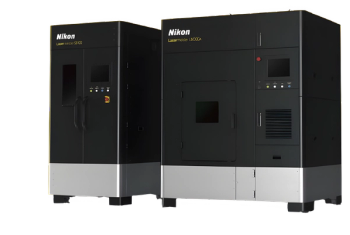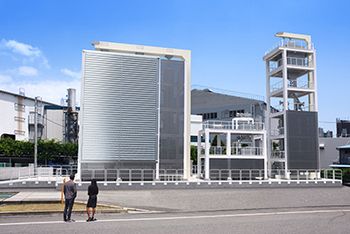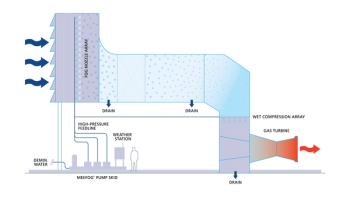
bp Starts Up Murlach Field Production, Marks Sixth Major Project in 2025
Key Takeaways
- Murlach field adds 15,000 boed to ETAP, marking bp's sixth major project start-up in 2025, aiming for 10 by 2027.
- The Murlach project redeveloped a relinquished field, using existing infrastructure to manage oil and gas hubs efficiently.
The Murlach field contributes a peak net production of approximately 15,000 barrels of oil equivalent per day to the bp-operated Eastern Trough Area Project.
bp recently commenced production at the
“Murlach is the sixth start-up for bp in 2025 and marks another important milestone in our plan to deliver 10 major upstream oil and gas projects by the end of 2027,” said Ewan Drummond, bp’s Senior Vice President of Projects. “These projects reflect bp's strength in safely increasing production to supply energy to meet global demand, while maintaining a focus on shareholder returns. They also highlight our focus on efficient delivery, with four starting up ahead of schedule.”
The Murlach project obtained government and regulatory approvals in 2023, redeveloping a field that was originally operating in the early 2000s. bp purchased the field license following the previous operator’s relinquishment. Redevelopment included drilling two new wells, installing subsea equipment, reusing some existing infrastructure/kit, and performing topside changes to the ETAP central processing facility.
“A key focus for bp in the North Sea is to identify opportunities that can be developed competitively using existing infrastructure to effectively manage established oil and gas hubs for the entirety of their lifespan,” said Doris Reiter, Senior Vice President of bp North Sea. “Murlach serves as another great example of this. It’s also testament to the skill and dedication of the bp team, our co-venturer NEO NEXT Energy, and supply chain colleagues.”
In total, the six projects contribute approximately 150,000 boed of combined peak net production, helping to fulfill bp’s target of 250,000 boed by year-end 2027.
Tiber-Guadalupe Project
With a positive final investment decision, bp recently approved the
The Tiber and Guadalupe fields may contain approximately 350 million barrels of oil equivalent and recoverable resources during the initial phase, with additional wells drilled in future phases following evaluation. bp will deploy existing platform and subsea equipment designs to improve cost efficiencies for the hub’s construction, commissioning, and operations. Tiber project development costs are expected to be around $3 per barrel lower than the Kaskida project, including synergies from using over 85% of the Kaskida project design.
The approximately $5 billion Tiber-Guadalupe project is bp’s seventh operated oil and gas production hub in the Gulf of America, joining Kaskida and other platforms in boosting capacity to over 400,000 barrels of oil equivalent per day by 2030. It’s also one of the 8 – 10 major projects slated to begin operations between 2028 and 2030, with bp planning to invest approximately $10 billion to deliver its Gulf of America Paleogene projects. The company will increase its offshore and onshore production in the United States to over 1 million barrels of oil equivalent per day by 2030.
Newsletter
Power your knowledge with the latest in turbine technology, engineering advances, and energy solutions—subscribe to Turbomachinery International today.





